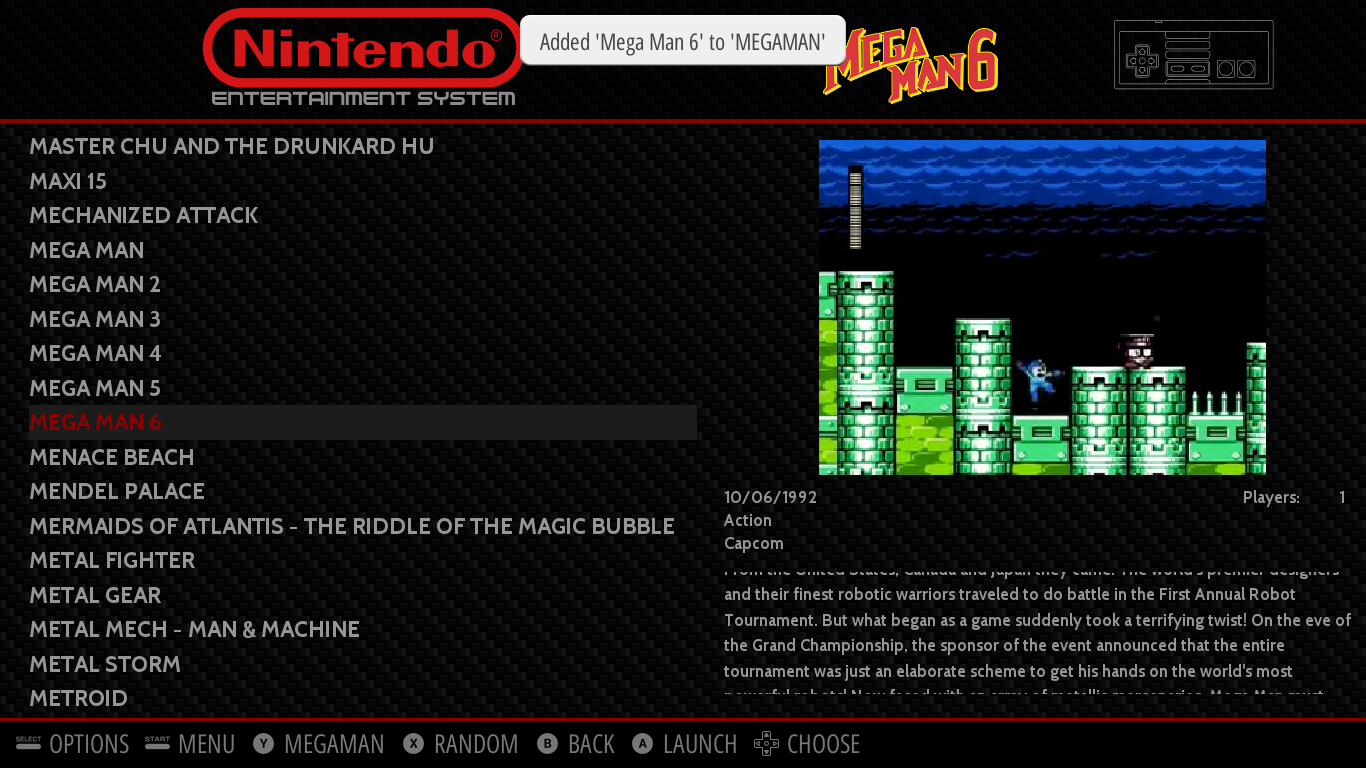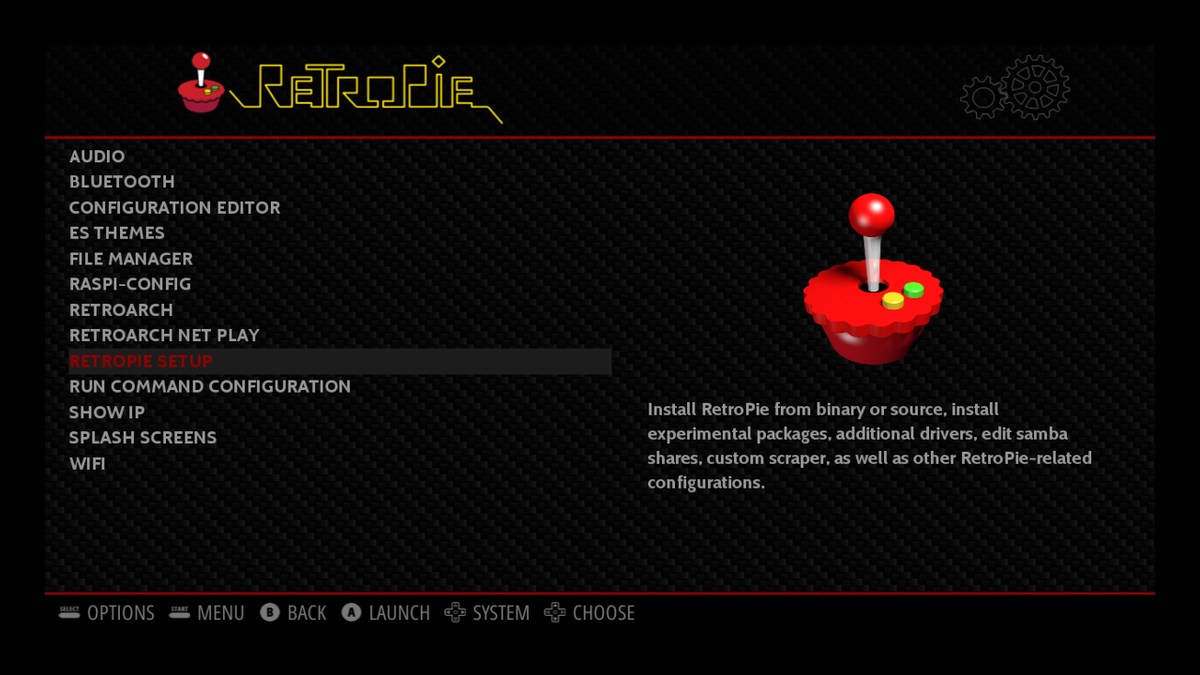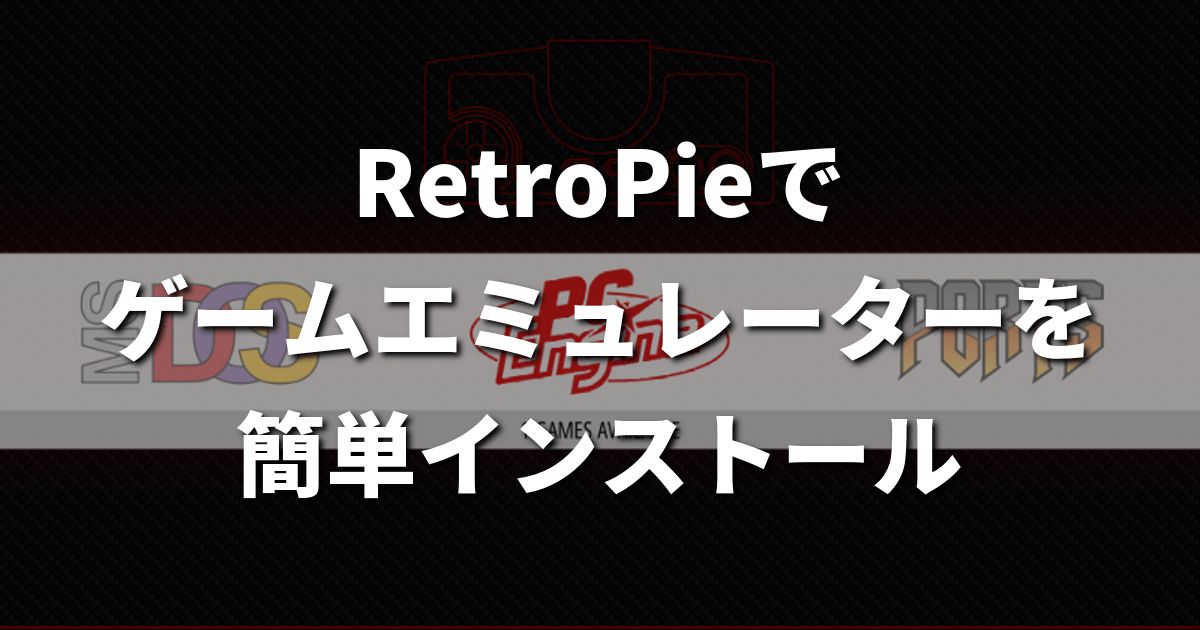
The real advantage to using this method is that it gives you the experience of flashing an image in such a way that opens more gaming possibilities in the future. balenaEtcher is a free program used for flashing (installing) OS images to micro SD cards, and this method is also super simple. The second method for installing RetroPie on a micro SD card is using a program called balenaEtcher.

This method is as simple as it gets, and it does the job quickly. This is the official way of flashing Operating Systems using Raspberry Pi Foundation software. The first approach utilizes the super-easy and free Raspberry Pi Imager.

There are two ways to accomplish the task of flashing RetroPie to a micro SD card, and both of them produce the exact same end result. What are the methods you can use to install RetroPie on a micro SD card? If you’re interested, I have a complete guide to setting up RetroPie available here. 32GB micro SD cards give you ability to run a large number of games originally released on cartridges and the ability to start playing a few games previously released on CD.Īlso, keep in mind that flashing RetroPie to a micro SD card is only one part of the RetroPie setup process. While most game files for older cartridge-based consoles are exceptionally small, the game files for CD based games can be quite large.

I recommend at least a 32GB model, and just about any brand will work. Second, all Raspberry Pi single board computers run on micro SD cards, and you’ll need one to complete this process. First, the term flashing an image basically means installing an operating system to a microSD card.

There’s a couple pieces of background information you’ll need before you can install RetroPie to a micro SD card. Getting ready to flash RetroPie to a micro SD card


 0 kommentar(er)
0 kommentar(er)
